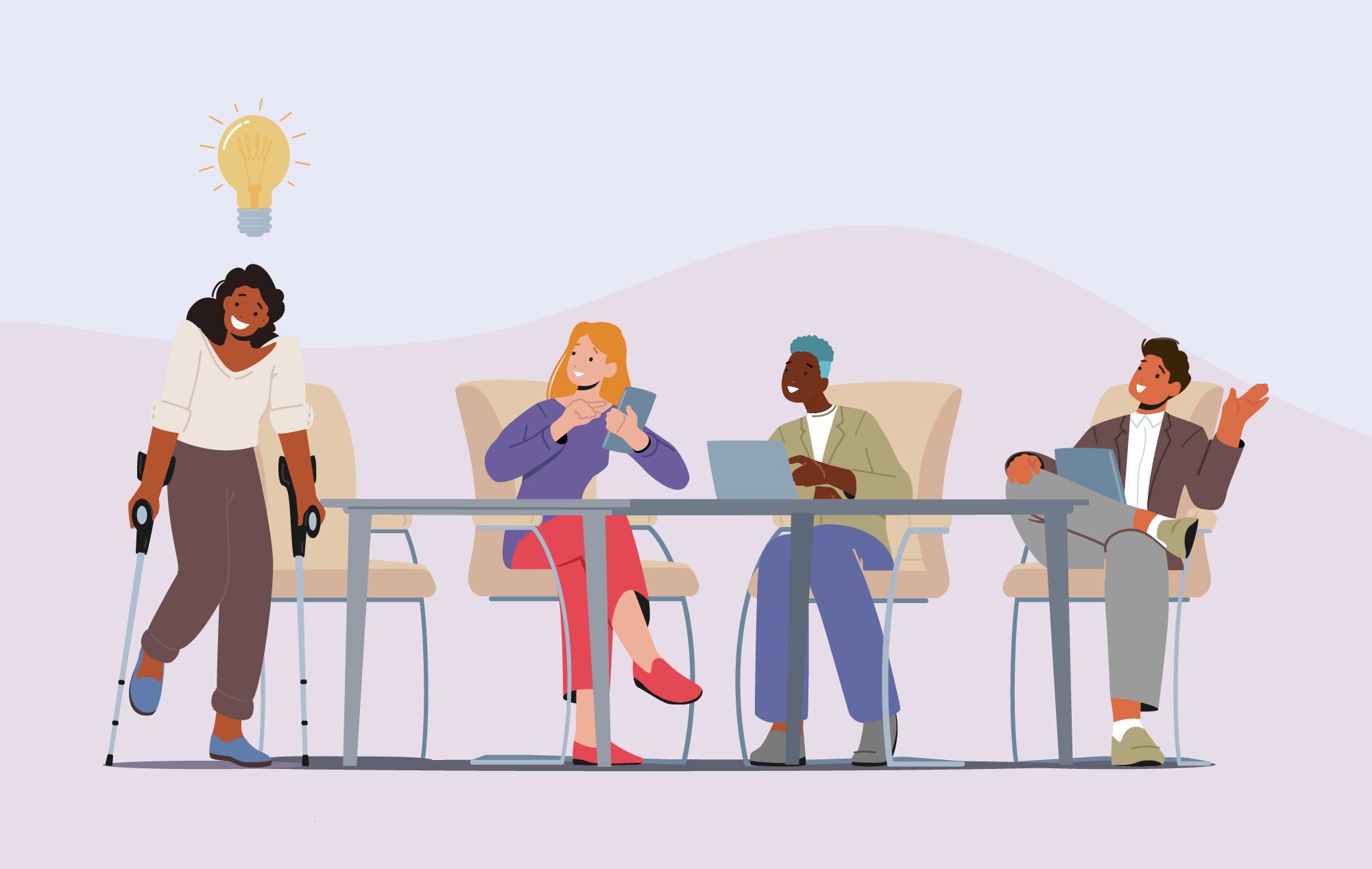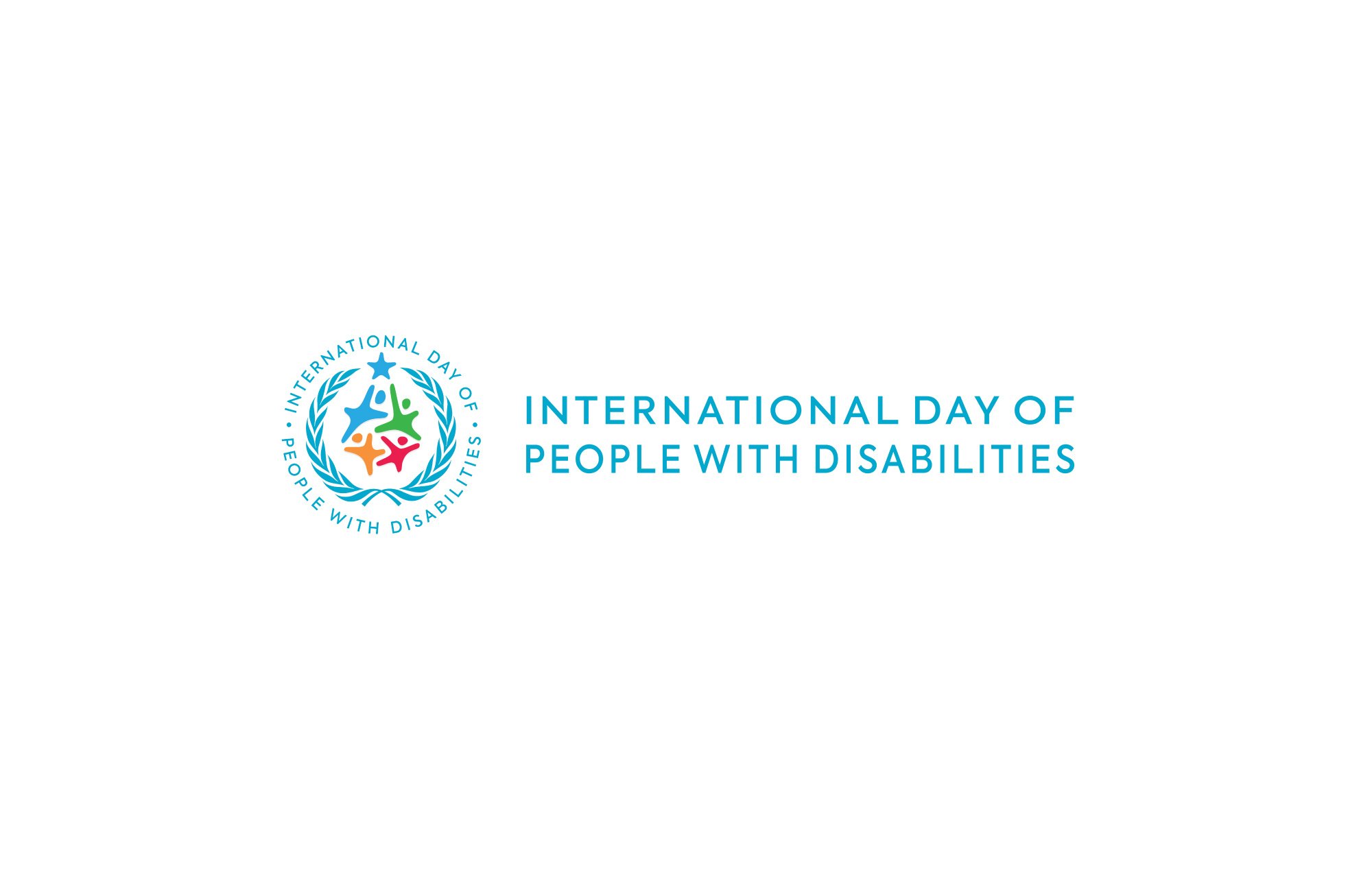While the internet has made it easier than ever for users to solve common problems, many digital spaces still exclude people with physical disabilities.
Designing digital platforms and websites with all users in mind enables you to simultaneously embrace the moral imperative derived from diversity, equity, and inclusion principles, and make your business more successful.
What Are Physical Disabilities?
A physical disability impacts a person’s stamina, mobility, dexterity, and bodily function or capacity. These disabilities can vary in degree and type, including epilepsy, cerebral palsy, cystic fibrosis, dwarfism, spina bifida, multiple sclerosis, missing limbs, paralysis, and other brain or spinal cord injuries.
Furthermore, the causes of physical disabilities can either be congenital, wherein a person is born with it due to genetic inheritance or an injury at birth, or it’s acquired later in life due to injury, infection, disease, or a medical side effect.
While some of these disabilities are more visible or easily discerned by others, many are considered invisible disabilities.
This often results in people with physical disabilities having their impairments downplayed, ignored, or mocked. Fortunately, as more people become aware of the diversity of disabilities and the impact they have on others’ lives, stigmas are being reduced.
Yet, obstacles and barriers remain, especially in digital spaces.
Obstacles & Challenges for People With Physical Disabilities
Regardless of the severity of a person’s disability, they routinely encounter barriers to accessing and participating fully in common daily activities. One of the most frequent places this happens is online and in the digital world.
These are often barriers non-disabled people unknowingly overlook, such as rigid expectations around availability or digital communication.
“I am not always able to check my email or stay up to date on social media,” says Susie Torres, who has Ehlers-Danlos syndrome, sarcoidosis, and postural orthostatic tachycardia syndrome (POTS). “I am not able to be consistent in doing things at the same time each day.”
There’s also a pervasive stereotype that people with physical disabilities don’t also lead busy, productive lives.
“Most recently I had a zoom meeting with a person from [a senator’s office],” Torres recalls. “They didn't show and didn't contact me to let me know that he wouldn't be there. This is a common occurrence. People assume that I am just sitting around being disabled and my time is not valuable and doesn't need to be respected.”
Furthermore, a lack of visual representation on digital platforms and websites of people with physical disabilities can foster a culture of exclusion that deters people from fully engaging. This failure to not include often marginalized groups hinders progress toward greater accessibility for those within the disability community.
“Societal and cultural acceptance of Black and gay Americans started to visibly change and improve when their lifestyles were shown in advertising,” says Susan LoTempio, an advisory board member for the National Center on Disability and Journalism (NCDJ) at the Walter Cronkite School of Journalism and Mass Communication at Arizona State University, and someone who uses a wheelchair.
Lack of representation holds back progress, while poor user design excludes people with physical disabilities.
When Digital Design Fails to Be Inclusive
In addition to reinforcing stigmas and inconsiderate communication issues, digital spaces struggle to design with physical disabilities in mind.
Here are common digital design mistakes that fail to take people with physical disabilities into account:
- Alt text on images, an element essential for assistive technology to convey important visual information to users, is often missing or unhelpful.
- Poorly spaced text on a webpage can make it painfully difficult for somebody using assistive technology and a mouse to navigate or click on precisely what they want.
- Assistive technologies rely on keyboard inputs, and some websites fail to account for that in their design. If a digital platform or parts of a website don’t support keyboard inputs, then their design is not very accessible.
- Time-dependent web functions, such as timed forms, can frustrate users who need longer to complete them. This can be ruinous on ecommerce sites whose overly speedy checkout processes might boot users who need more time to fill out information.
- Irregular navigation structure across a website or unpredictable web function can disorient and ultimately discourage a disabled user from fully interacting with a platform.
Making a website or digital platform more accessible for people with physical disabilities can seem daunting, and requires some training, but it’s critical for organizations to adopt such practices. Content developers and designers should advocate for inclusion at every phase of development.
With 61 million people in the United States (one in four adults) living with a disability, digital exclusion and poor user design means a large portion of the population continues to be stigmatized and prevented from fully participating in our communities and online spaces. It also hinders them from becoming engaged customers.
The Business Case for Accessibility & Inclusion
In addition to rectifying wrongs and doing right by others, designing for digital accessibility and inclusion also makes business sense. An estimated 20 percent of the global population is living with a disability, according to Joe Weber, manager of Accessibility Solutions at Be My Eyes, a company “making the world more accessible for blind and low-vision people.”Being more inclusive is not only the right thing to do, but it enlarges your market share.
“Not committing to accessibility across your business is the equivalent of shutting the door on every fifth potential customer,” says Weber.
NCDJ’s Susan LoTempio echoes this sentiment: “[Companies] don’t perceive people with disabilities as being productive members of society who have money to spend. Hence, they figure, why bother to enhance their web sites? Why spend the money? It won’t impact the bottom line. I think they’re wrong.”
Ultimately, Weber argues that designing for accessibility and inclusion improves the digital experience for all users, enhances a company’s brand, and avoids the liability that comes with deviating from the Americans with Disabilities Act (ADA).
“It is clear that the case for accessibility goes far beyond a moral or ethical imperative for business,” says Weber. “By making a commitment to ensure equality of access, companies can reach untapped markets and better serve their existing customers and prospects, while burnishing their reputation and reducing liability into the bargain.”
Assistive technologies are an unrivaled benefit to people with physical disabilities, empowering them with greater access to daily activities many non-disabled people take for granted. By ensuring digital platforms and websites are designed with all users in mind, the internet can become an even more powerful tool for improving the lives of people living with disabilities, their communities, and beyond.






Leave a Comment